This is considered a breakthrough policy "set", playing a key role in creating institutions, promoting infrastructure investment, developing high-quality human resources, and perfecting the innovation and creative startup ecosystem in the capital.
Laying institutional and infrastructure foundations for science and technology development
Hanoi aims for double-digit economic growth and an average per capita income of 12,000 - 13,000 USD by 2030. To realize this ambitious goal, the city has identified science, technology and innovation as a development pillar and a key driving force to improve labor productivity, competitiveness and technological autonomy of the capital.
Standing Vice Chairman of the Hanoi People's Committee Le Hong Son said that the development of 6 thematic resolutions is a strategic step, aiming to institutionalize Resolution No. 15-NQ/TW of the Politburo on the direction and tasks of developing Hanoi Capital to 2030, with a vision to 2045. At the same time, this is also an action to concretize the major orientations in Resolution No. 57-NQ/TW on science and technology development, innovation and national digital transformation. Notably, this is the first time Hanoi has built a "set of six" synchronous and comprehensive resolutions on core areas, playing a fundamental role in the process of sustainable development and deep integration.
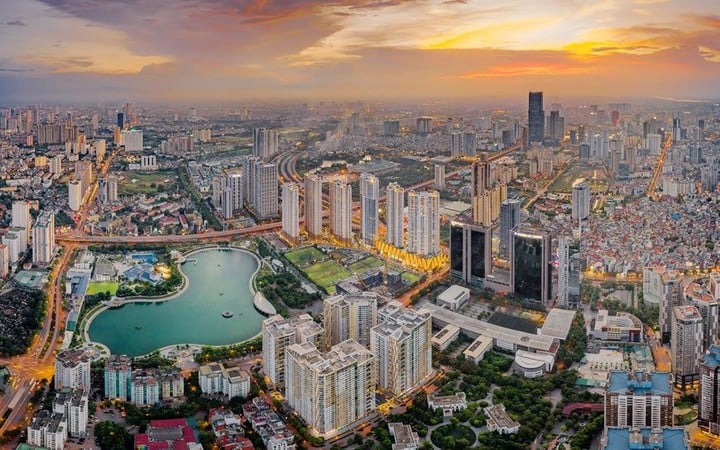
Illustration photo.
Among the 6 important resolutions being drafted, 4 are chaired by the Hanoi Department of Science and Technology, playing a role in laying the foundation for the pillars of strategic development. First is the resolution on specific policies to support financial and non-financial resources; develop human resources, data infrastructure and legal environment for scientific organizations, research institutes and technology enterprises operating in the city. Next is the resolution on the establishment of the Hanoi Technology Exchange, a place to connect scientists, enterprises, investors and financial institutions, thereby promoting the commercialization of research results and technology transfer.
Another resolution will establish a legal framework for a controlled testing mechanism (sandbox) for new technology models, allowing for safe and supervised pilot implementation before considering city-wide replication. Notably, a separate resolution on developing an innovation and creative startup ecosystem is also being developed. This resolution will facilitate the promotion of incubation, training, consulting, technology testing, investment connection and prototype production, etc., contributing to building a dynamic and modern startup ecosystem in the capital. The remaining two resolutions are being developed by the Department of Finance and the Management Board of High-Tech Parks and Industrial Parks of Hanoi City.
According to this orientation, the City will establish a Venture Capital Fund to mobilize and allocate resources for potential, high-tech startup projects. This fund will also act as "seed capital" to attract investment sources from domestic and foreign private funds, creating a strong boost for the startup ecosystem. In addition, Hanoi will establish an Innovation Center at Hoa Lac High-Tech Park, building a multi-functional integrated space including research, testing, production, training and connection between subjects in the innovation ecosystem.
These solutions are designed in a synchronous and complementary manner, aiming to overcome existing "bottlenecks" in terms of institutions, finance and infrastructure; at the same time, promoting the leading role of the Capital in the field of science, technology and innovation. When issued and implemented, the 6 thematic resolutions will gradually perfect the structure of Hanoi's innovation ecosystem, from the legal framework, supporting institutions to specific implementation tools - creating a solid foundation for sustainable development and deep integration in the new period.
Building an innovation ecosystem in the capital
According to Director of the Hanoi Department of Science and Technology Tran Anh Tuan, the most important goal when building the 6 resolutions is to create a favorable environment and promote innovation subjects, from universities, research institutes, businesses, investors to intermediary organizations... to participate in the development process.
In fact, Hanoi's innovation ecosystem is gradually taking shape, but there are still weaknesses that need to be overcome. The team of leading experts is still thin, the mechanism to attract and retain talent is not really attractive. Scientific research results are still difficult to put into practice due to the lack of commercialization channels. The budget allocation for science and technology is still scattered and lacks focus. Therefore, Hanoi is moving towards a new governance model, shifting from administrative methods to ordering according to output results, from "public spending" to "oriented public investment", from "management" to "ecosystem creation". In which, enterprises are identified as the center, both as technology users and investors in research and development (R&D), and at the same time as the output for research results.
Hanoi also builds a model of close linkage between the "5 houses". There, the State plays the role of creating institutions, guiding policies, making initial investments with public resources and building necessary digital and scientific infrastructure. Scientists are the center of knowledge, undertaking the task of researching, developing technology and transferring knowledge into practice. Enterprises receive and commercialize research results, apply technology to production and services and become the main driving force of growth. Investors, especially venture capital funds, play the role of providing risk capital, accompanying startups in the initial challenging stages. And indispensable are the Media Houses, the force that contributes to spreading innovative thinking, raising public awareness, connecting creative ideas with the market and society.
Each resolution in the above "six" corresponds to a link in the innovation value chain: from financial mechanisms (resolution on venture capital funds), testing infrastructure (sandbox), market foundation (technology exchange), intermediary institutions (innovation centers), to comprehensive policies (specific resolutions) and investment orientation (ecosystem development). Hanoi is also allocating at least 3% of the budget to invest in science, technology and innovation. This is a large number compared to the national average, demonstrating the City's determination to improve endogenous capacity and take advantage of opportunities from the fourth industrial revolution.
Hanoi's proactive development and submission to the City People's Council of 6 thematic resolutions on science, technology, innovation and digital transformation not only meet urgent immediate needs, but also lay the foundation for the long-term and sustainable development of the capital. These are not simply administrative decisions, but a strategic move, demonstrating a fundamental change from traditional thinking to a development model based on knowledge, technology and innovation - a core element in the digital age. When issued and implemented synchronously, these resolutions will form a powerful policy "toolkit", helping Hanoi promote innovation, increase added value, improve productivity and competitiveness; at the same time, affirming its leading role, leading the whole country on the path of digital transformation and knowledge-based economic development.
Source: https://mst.gov.vn/ha-noi-kien-tao-he-sinh-thai-doi-moi-sang-tao-197251019185050818.htm


![[Photo] Prime Minister Pham Minh Chinh received Mr. Yamamoto Ichita, Governor of Gunma Province (Japan)](https://vphoto.vietnam.vn/thumb/1200x675/vietnam/resource/IMAGE/2025/10/21/1761032833411_dsc-8867-jpg.webp)
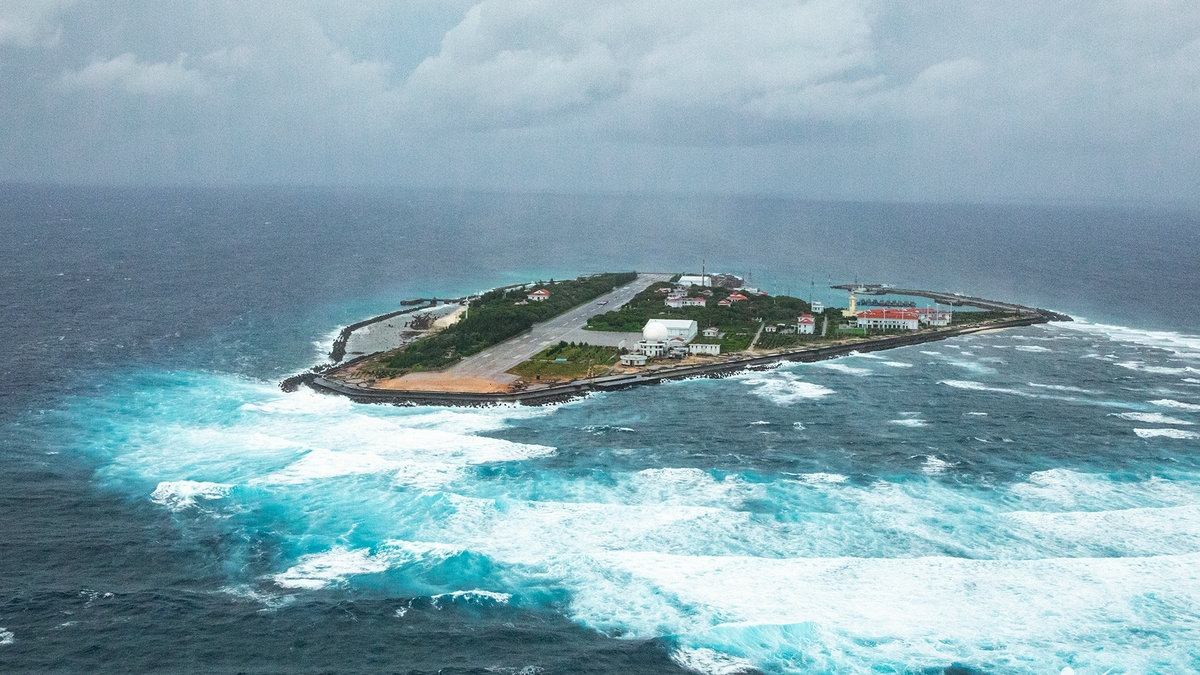
![[Photo] Prime Minister Pham Minh Chinh meets with Speaker of the Hungarian National Assembly Kover Laszlo](https://vphoto.vietnam.vn/thumb/1200x675/vietnam/resource/IMAGE/2025/10/20/1760970413415_dsc-8111-jpg.webp)
![[Photo] National Assembly Chairman Tran Thanh Man holds talks with Hungarian National Assembly Chairman Kover Laszlo](https://vphoto.vietnam.vn/thumb/1200x675/vietnam/resource/IMAGE/2025/10/20/1760952711347_ndo_br_bnd-1603-jpg.webp)




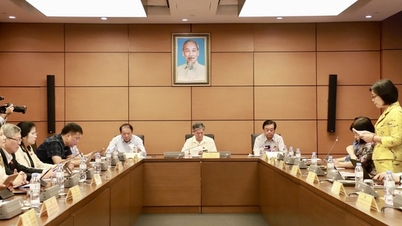


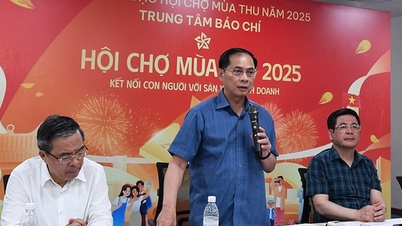
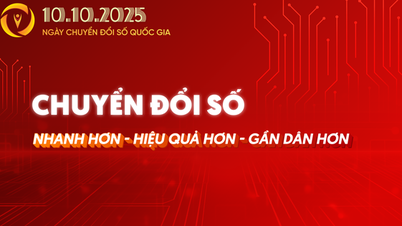




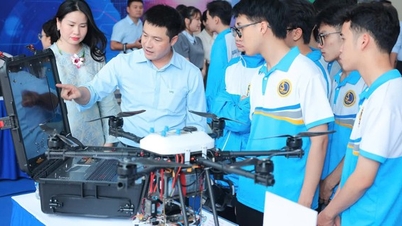
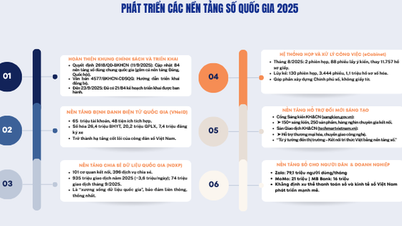
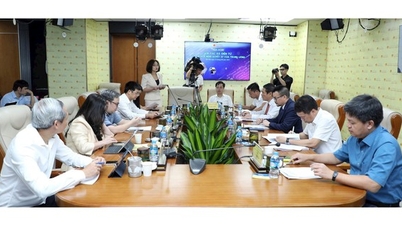
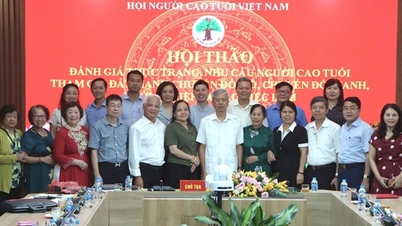


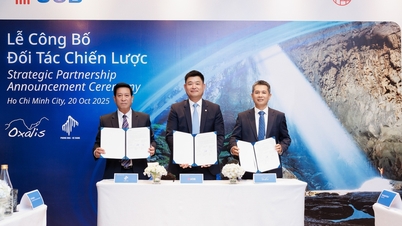



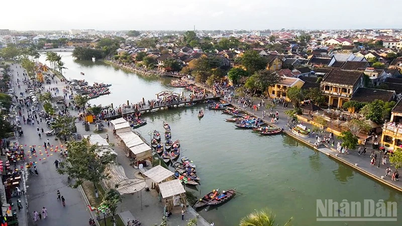



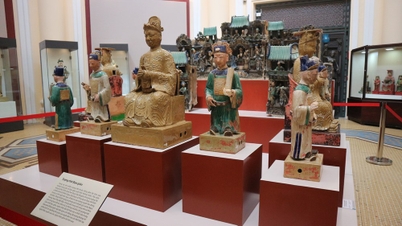
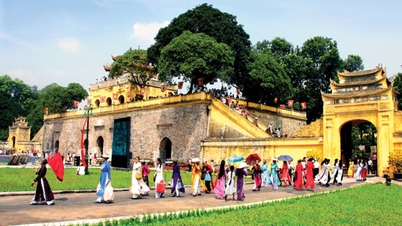

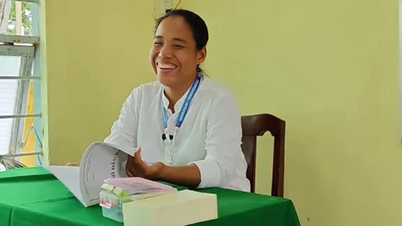
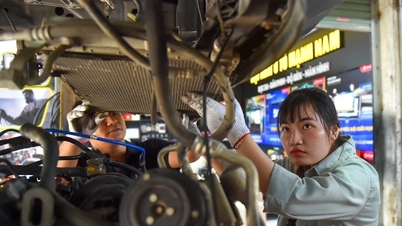



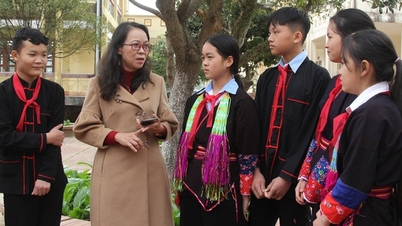






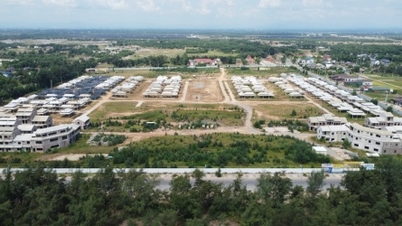




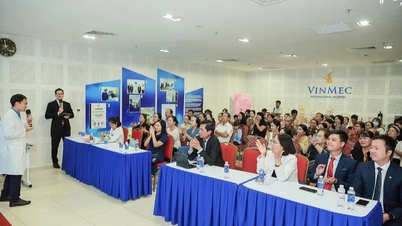








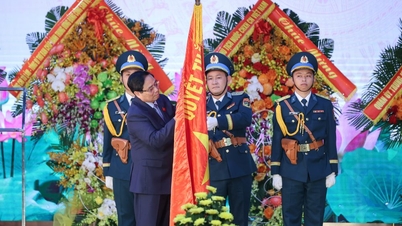








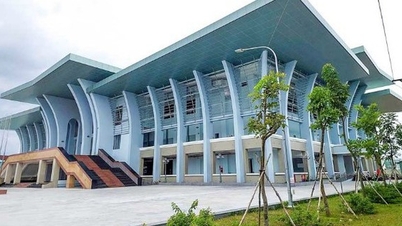
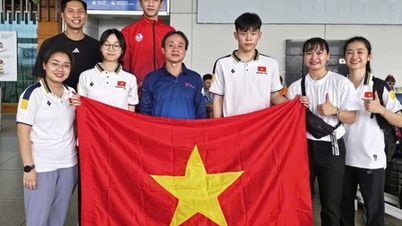

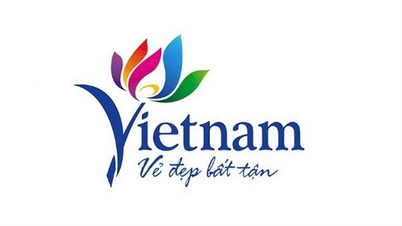
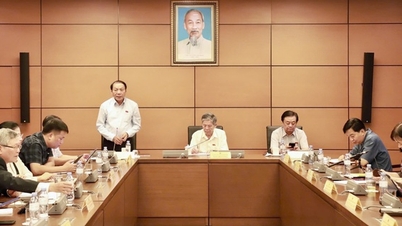
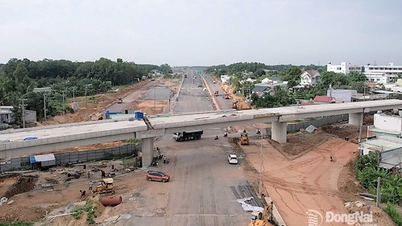

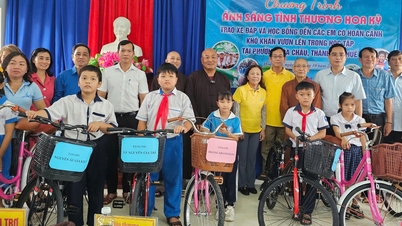

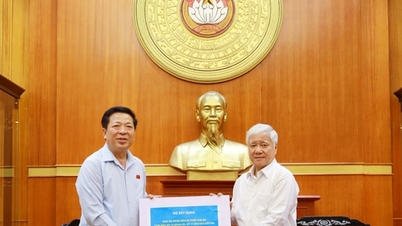
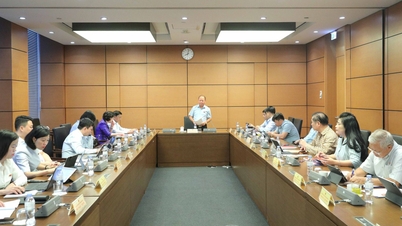














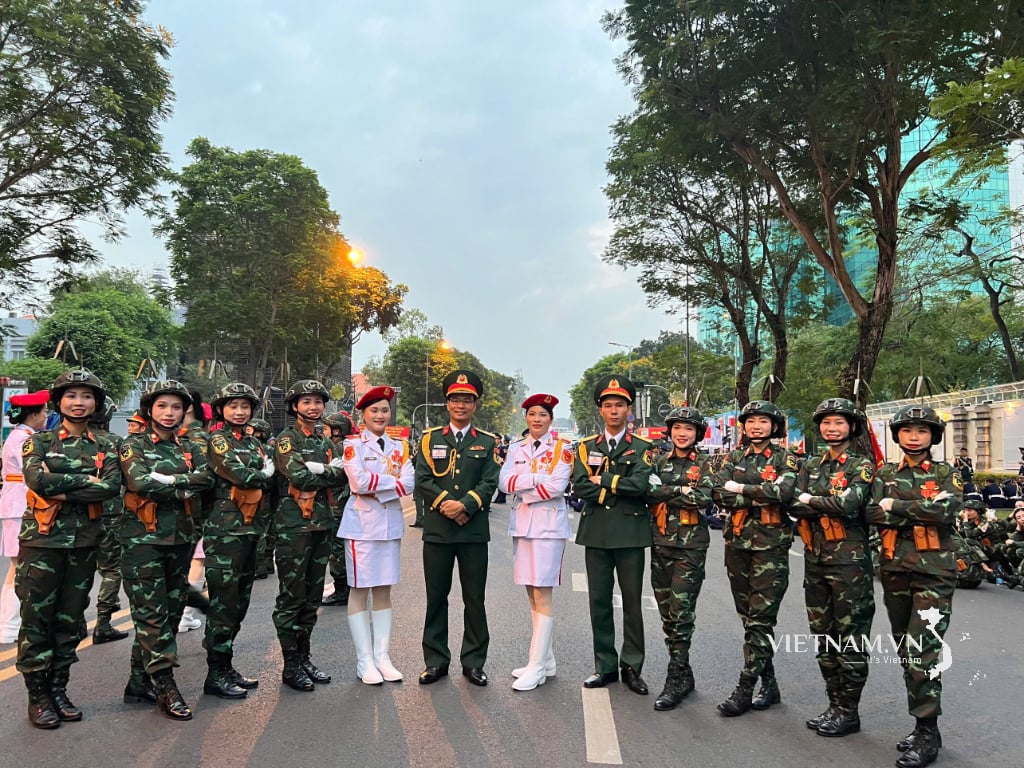

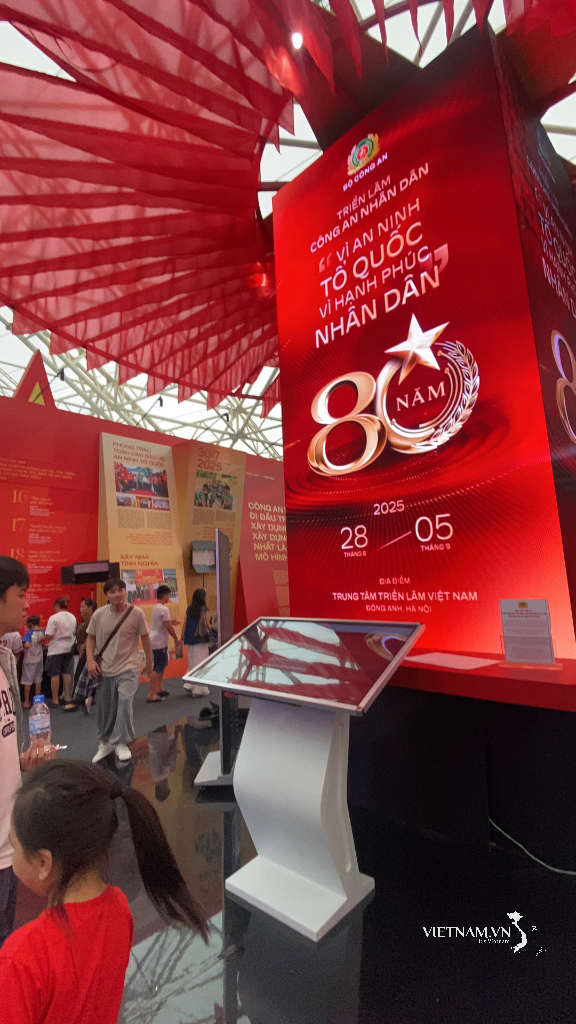
Comment (0)